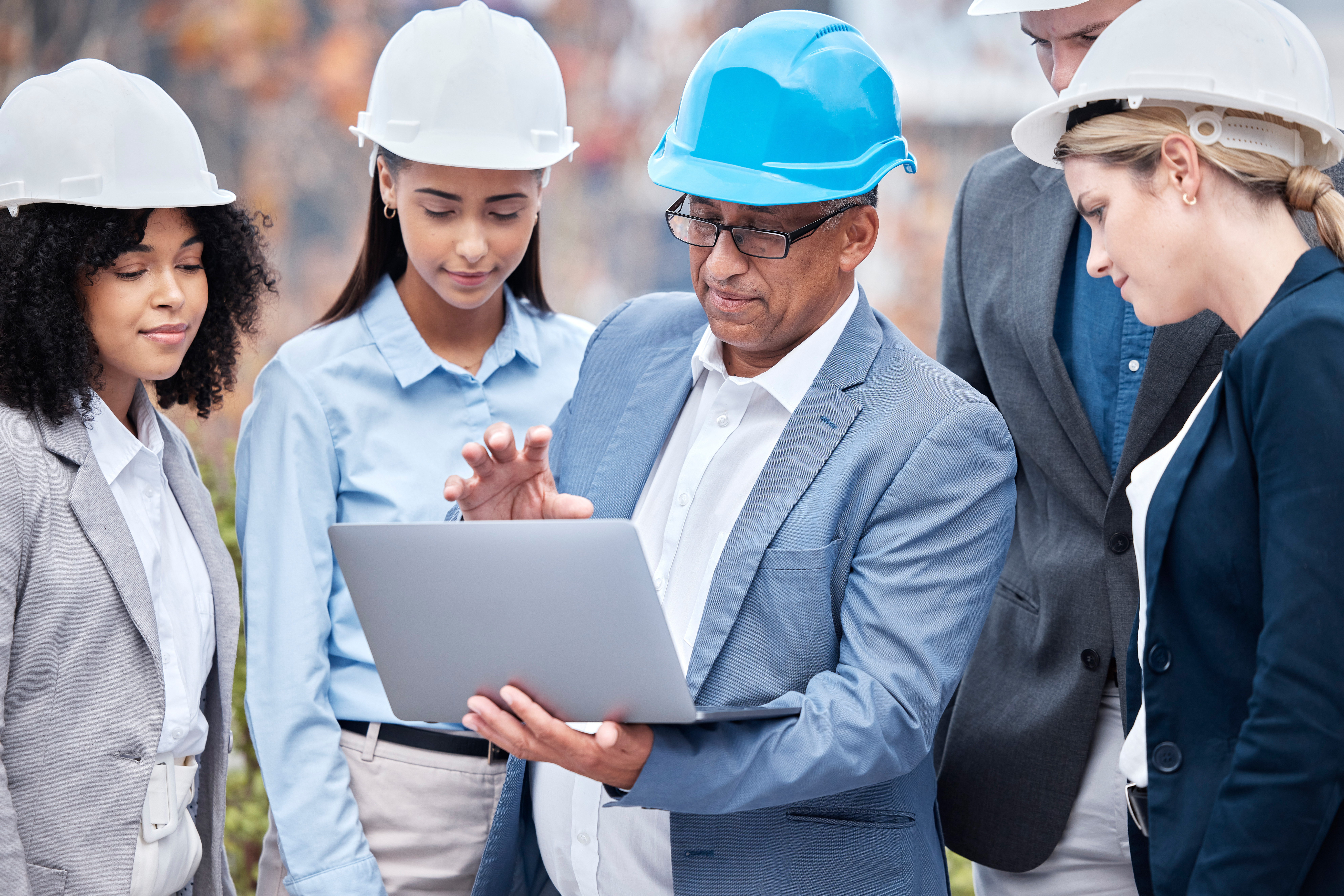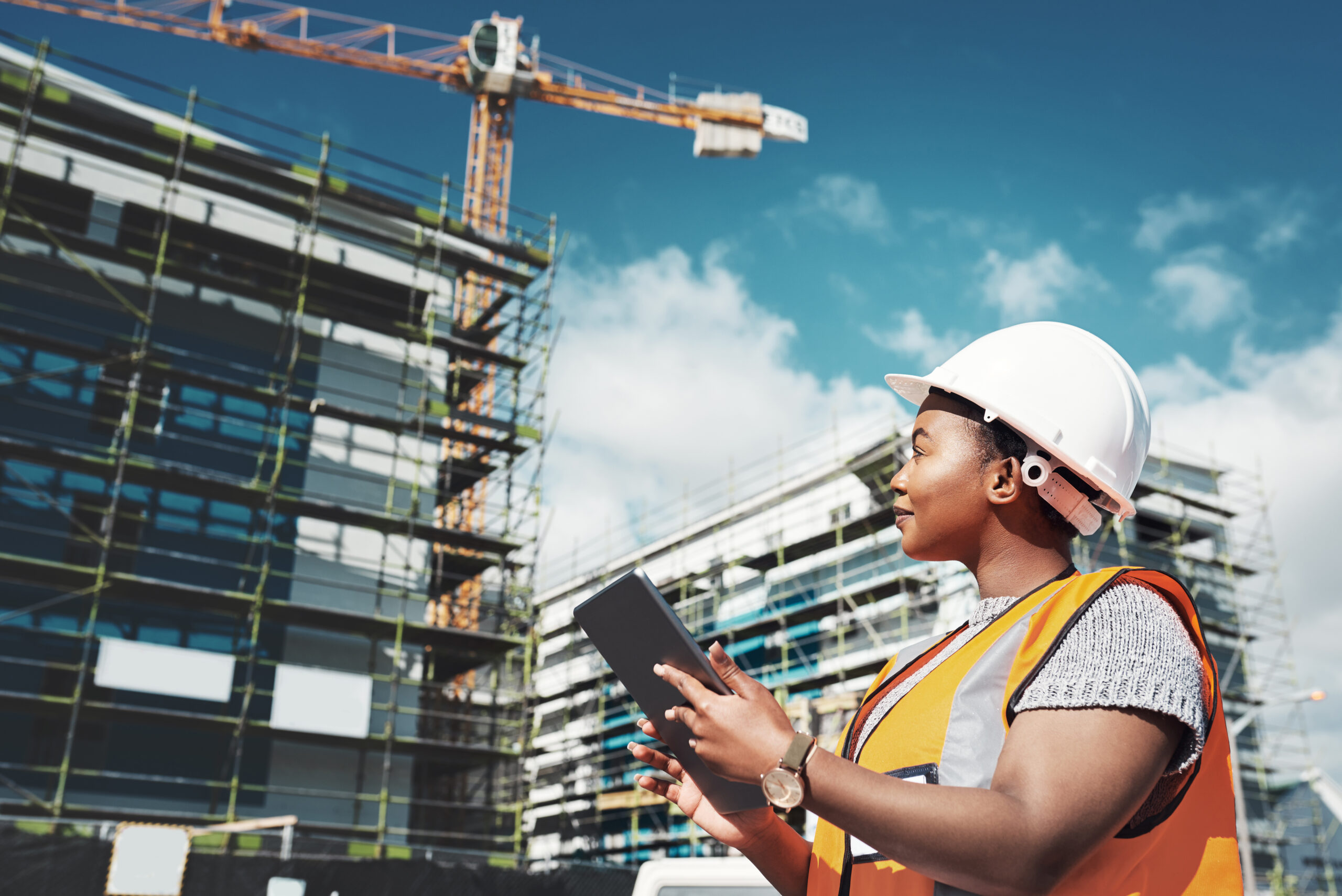What’s Next for IoT Technology in Construction?
By: Angus Frost | Senior Consultant – IT Infrastructure
By now, most of us are familiar with the concept of IoT (Internet of Things). Our Apple watch will notify us when our washer/dryer has finished a load of laundry and Amazon’s Alexa will tell us that we need to order more dryer sheets (which Amazon will gladly send us!). Our security camera will alert us that our regular UPS driver just arrived (no doubt to drop off our Amazon order), and that they forgot to close our garage door they remotely opened. The common theme in most of these use cases has been the inclusion of Artificial Intelligence (AI) to analyze the data collected from our connected devices to generate meaningful information presented back to us. IoT has become AIoT. AIoT has existed in our personal lives for a while, however, what does this mean for construction?
In the construction world, those of us with large equipment are familiar with getting telemetry data from our connected equipment, providing us with information about run/idle time, fuel consumption, run temperatures, equipment health, GPS location, engine diagnostics, and fault codes, etc. Hand tools can now be calibrated, power adjusted, tracked, etc., all from our phones. Wearable devices let us see where people are on a job site, notify us if dangerous substances are nearby, tell us if a worker fell, and provide countless other health and safety notifications and information.
What else can AIoT provide in the construction space though? Let’s start at the beginning, pre-construction. For horizonal construction, where minimizing vibrations can be critical, using AIoT sensors to gather existing baseline vibration data (ultimately measuring against this during the construction phase) can help with initial planning to determine ways to minimize those vibrations during. For Energy projects, AIoT sensors placed on the potential sites for solar and wind farms can capture more accurate and localized weather data to help determine the optimal site layout. In vertical construction, information from sensors placed in existing buildings to monitor energy usage patterns, temperature trends or people movement can be incorporated into new designs to improve building layout.

Once the project is up and running, AIoT devices get used in multiple ways. From radio frequency identification (RFID) tags and barcode reading, materials can be tracked as they arrive at the job site, all the way through to installation. As supplies get low, a notification can be sent to purchasing, triggering additional orders. Large equipment being used on the job site (such as cranes, dozers, etc.) can have IoT sensors that detect if a construction worker (or some other obstruction) is in the way and stop all movement to reduce the risk of injury or damage (similar to automated braking in modern cars). Additional sensors can be used to allow equipment to become more automated, providing robotic machine control. AIoT-connected devices can perform automated layout, printing the layout directly on concrete where applicable.
Speaking of concrete, curing sensors can be used to provide more accurate measurements of the concrete’s maturing, helping to optimize the construction schedule. Moisture, heat, humidity, and water leak sensors similarly help to provide valuable information about the condition of the site, take automated actions (such as shutting off water valves in the event of a leak), and ultimately help minimize project cost and risk. AIoT sensors on a job site can also feed a digital twin BIM model, helping to identify variances between what was planned and what is being built. Where issues arise, the updated model can then be used to run through multiple scenarios digitally to find a resolution before any changes are made in the physical space.
AIoT sensors are being used to track project waste, providing valuable information for future project planning on where excess waste comes from. Connected drones and other cameras used on our jobsites can provide automated progress tracking during construction (in addition to identification of potential safety issues). Once the project is complete, IoT devices can be used to help owners monitor and manage their buildings more effectively, with the intent of supporting ways to reduce operating costs.
Unlike our homes, where all the AIoT devices can talk to each other and exchange data, the AIoT space in construction is still fragmented. We can’t yet get consolidated information about our jobsite from all the sensors and devices we deploy unless we pull in all the data to our own data warehouse for analysis. However, the long-term benefits of deploying AIoT in construction should not be ignored, and the visibility and control we get from connected devices already can provide significant advances in project cost and risk reduction. This area continues to see investment and innovation with multiple new product entrants into the marketplace regularly. If you are not already exploring the capabilities of AIoT, it’s time to start.

